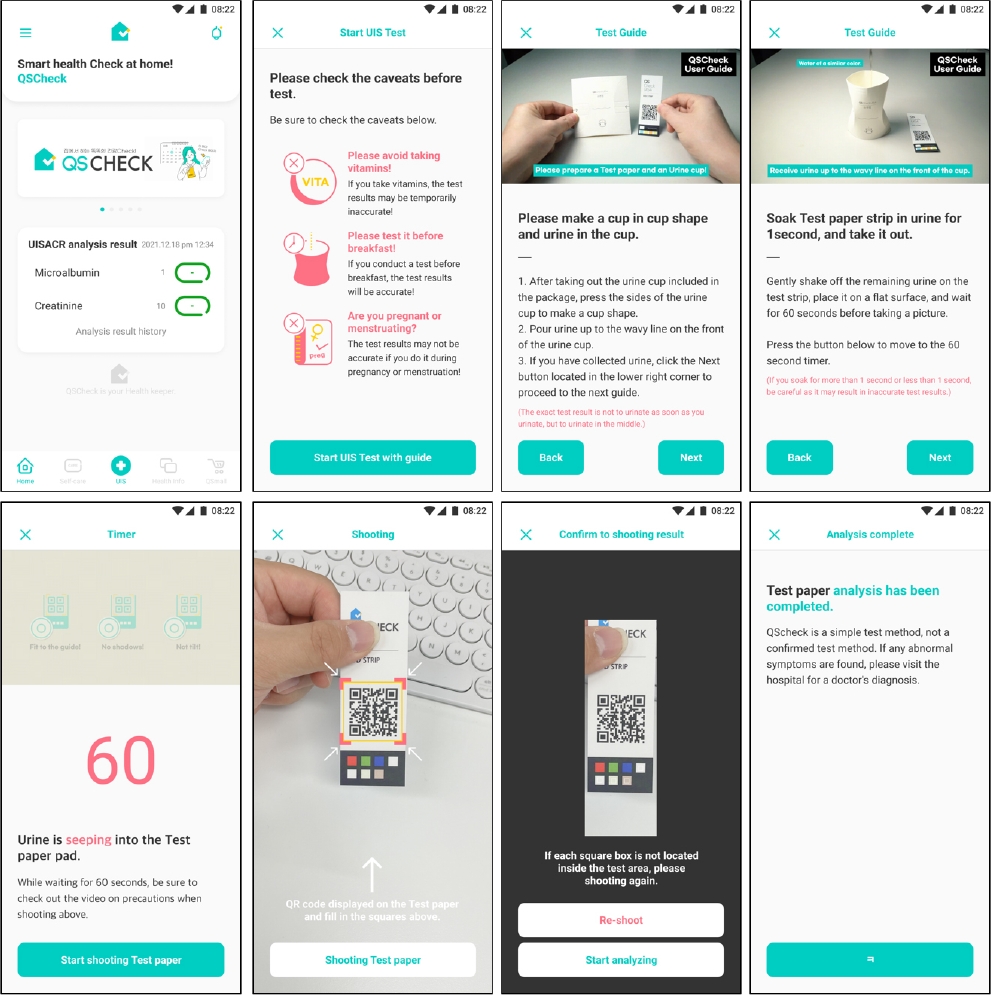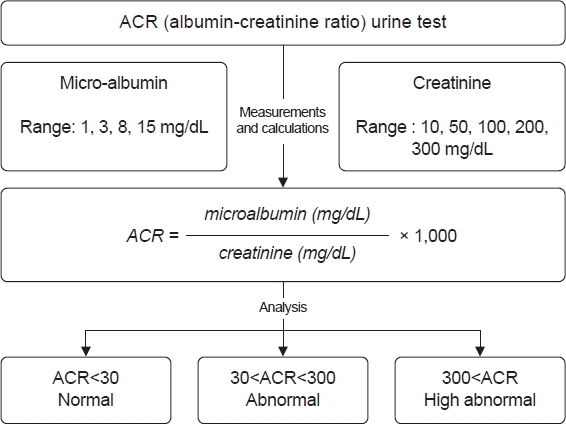| Korean J Health Promot > Volume 24(3); 2024 > Article |
|
ABSTRACT
Background
Methods
Results
AUTHOR CONTRIBUTIONS
Dr. Dong-Hoon LEE had full access to all of the data in the study and takes responsibility for the integrity of the data and the accuracy of the data analysis. All authors reviewed this manuscript and agreed to individual contributions.
Conceptualization: JR and DHL. Data curation: JR, EKP, and JHJ. Software: EKP. Formal analysis: EKP and JHJ. Project administration: DHL. WritingŌĆōoriginal draft: DHL. WritingŌĆōreview & editing: all authors.
Table┬Ā1.
Table┬Ā2.
Table┬Ā3.
Table┬Ā4.
REFERENCES
-
METRICS

-
- 0 Crossref
- 0 Scopus
- 1,690 View
- 10 Download
- ORCID iDs
-
Jiwon RYU

https://orcid.org/0000-0002-2372-8948Eung-Kyu PARK

https://orcid.org/0009-0007-4966-2936JunHyuck JANG

https://orcid.org/0009-0008-5228-2798Dong-Hoon LEE

https://orcid.org/0000-0001-8140-8101 - Related articles





 PDF Links
PDF Links PubReader
PubReader ePub Link
ePub Link Full text via DOI
Full text via DOI Download Citation
Download Citation Print
Print


